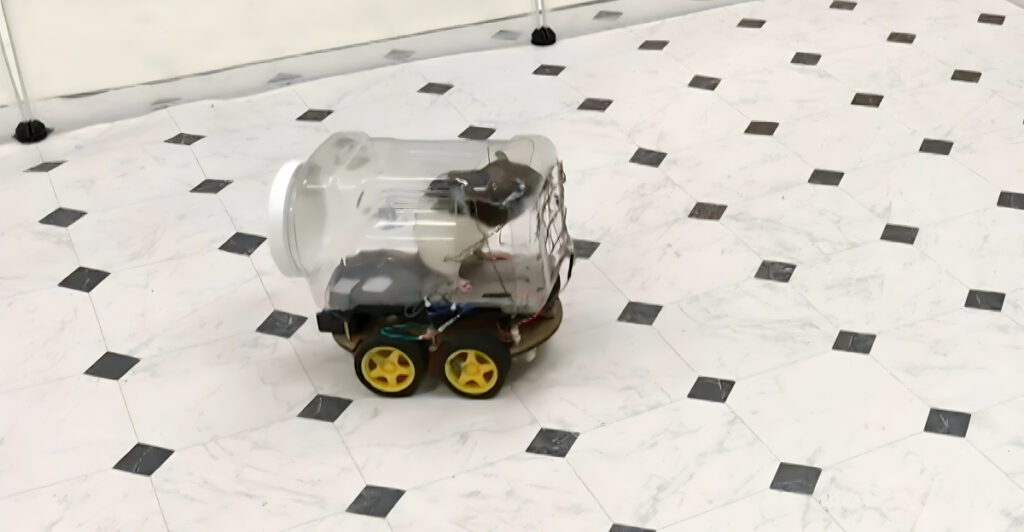
Neuroscientists trained rats to drive small cars, offering insights into animal behavior and learning. The researchers built custom “ratmobiles” and taught the rodents to navigate their tiny vehicles to reach rewards. This playful yet groundbreaking study aims to explore how enriched environments influence cognitive abilities in animals. Beyond its scientific value, the experiment showcases rats’ surprising intelligence and adaptability, leaving audiences both amazed and entertained by these rodent drivers.
How the Ratmobiles Were Designed
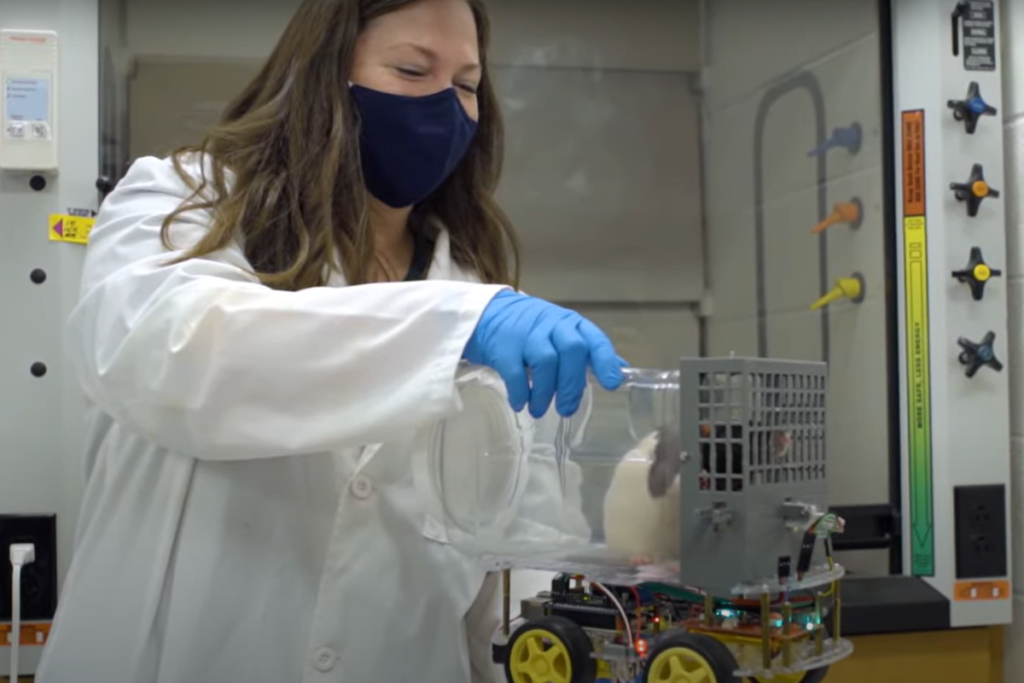
The researchers created clear plastic cars powered by aluminum flooring and wheels. A conductive steering mechanism allowed rats to control movement by gripping copper bars positioned as a steering wheel. Food rewards, like Froot Loops cereal, encouraged the rats to operate the vehicle. These clever designs ensured the rats could easily navigate their surroundings, turning what seemed like a whimsical activity into an impressive feat of science and engineering.
The Training Process
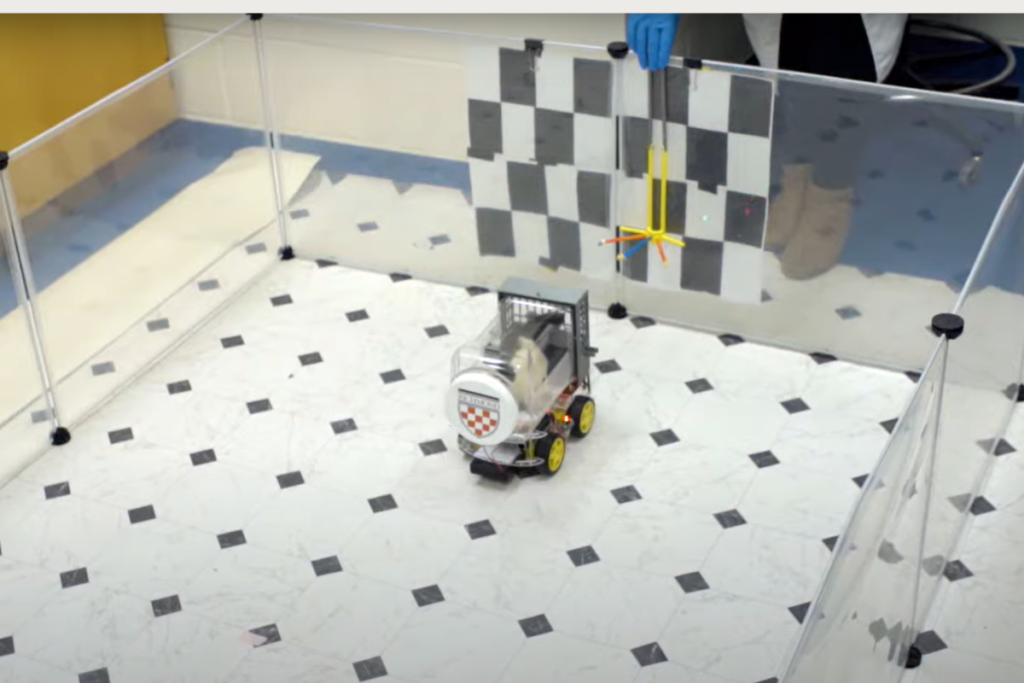
Neuroscientists taught the rats using gradual steps and positive reinforcement. Initially, the rodents learned basic controls, like steering forward. Over time, they advanced to maneuvering left and right to reach their rewards. The process relied on creating a low-stress, engaging environment that nurtured curiosity. This patient method not only succeeded in teaching rats to “drive” but also revealed how rewarding systems influence animal learning in surprising and delightful ways.
What the Rats Learned

These rodents didn’t just learn to drive; they became skilled navigators! They figured out how to control their vehicles and adjusted to new layouts and obstacles. Researchers noted that the rats displayed increased engagement and problem-solving, suggesting enriched environments enhance cognitive skills. Their ability to adapt and learn in this setting provides a fascinating glimpse into animal intelligence, proving that even the smallest creatures are capable of complex behaviors.
Why Did Neuroscientists Do This?

This experiment wasn’t just for fun; it had severe scientific goals. Researchers aimed to study how challenging activities affect animal brain development and stress regulation. By creating an enriched environment, they hoped to understand the mental benefits of novel experiences. The rat-driving experiment highlights the importance of stimulating challenges in boosting cognitive skills and reducing stress, which could affect animals and humans.
Rats Showed Reduced Stress Levels

Interestingly, the rats that learned to drive displayed lower stress hormone levels than those in less stimulating environments. Handling the automobiles provided a sense of accomplishment and control. This finding suggests that engaging activities, whether for rodents or humans, can positively impact mental health. The results highlight the link between learning new skills and emotional well-being, showcasing rats as relatable models for human behavior.
Rats Were Surprisingly Motivated
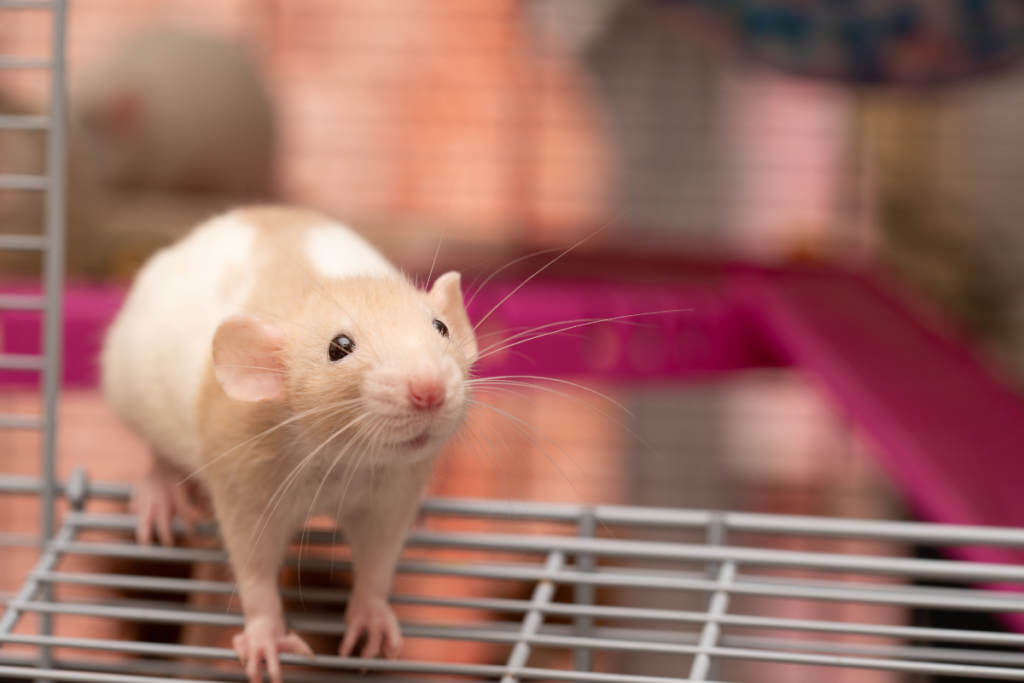
These tiny drivers weren’t just skilled but eager to hit the road! Researchers observed that the rats seemed genuinely excited to interact with their vehicles, even when no immediate reward was offered. This motivation hints at intrinsic curiosity and a love for challenges. Their enthusiasm adds a heartwarming and humorous element to the experiment, making it clear that even rats enjoy mastering a fun activity.
Implications for Neuroscience

The experiment could pave the way for studies on neuroplasticity, the brain’s ability to adapt and form new connections. Understanding how enriched environments boost mental health might help researchers develop therapies for stress, depression, or cognitive decline. Rats’ success in learning complex tasks underscores how interactive, goal-oriented experiences can influence behavior and brain function, offering valuable lessons for broader applications in science and medicine.
What Makes Rats So Smart?
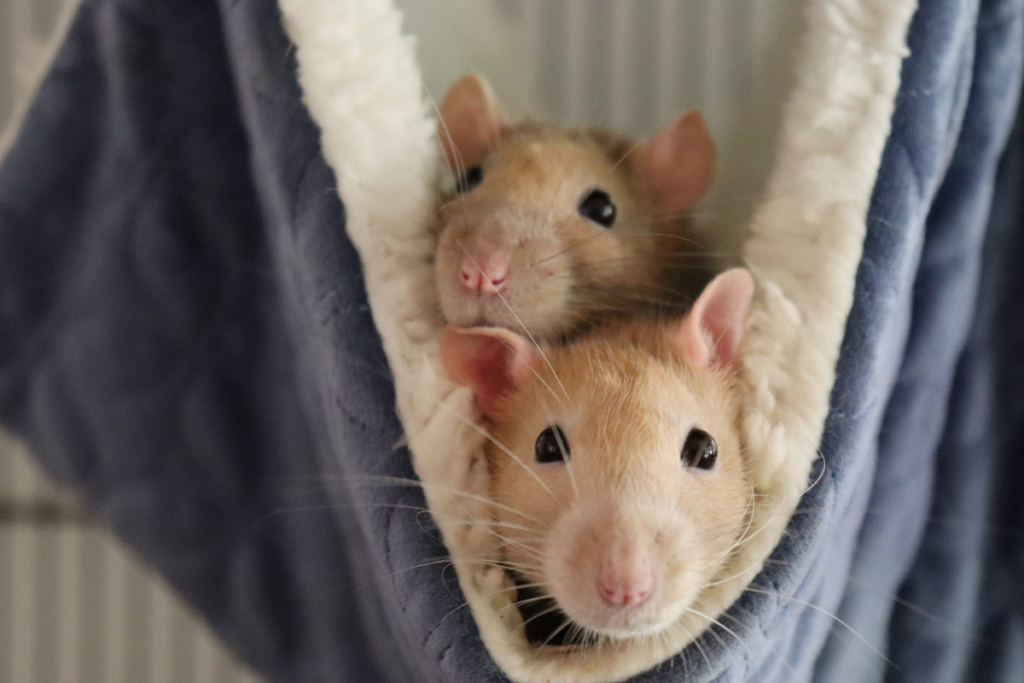
Rats are naturally curious, social creatures, making them ideal subjects for behavioral studies. Various experiments have proven their ability to learn and adapt quickly. This driving study builds on years of research into rat intelligence, demonstrating their problem-solving and emotional resilience capacity. Observing their learning process helps us understand how even small animals share traits like curiosity and adaptability with humans.
Can Driving Improve Rat Lives?
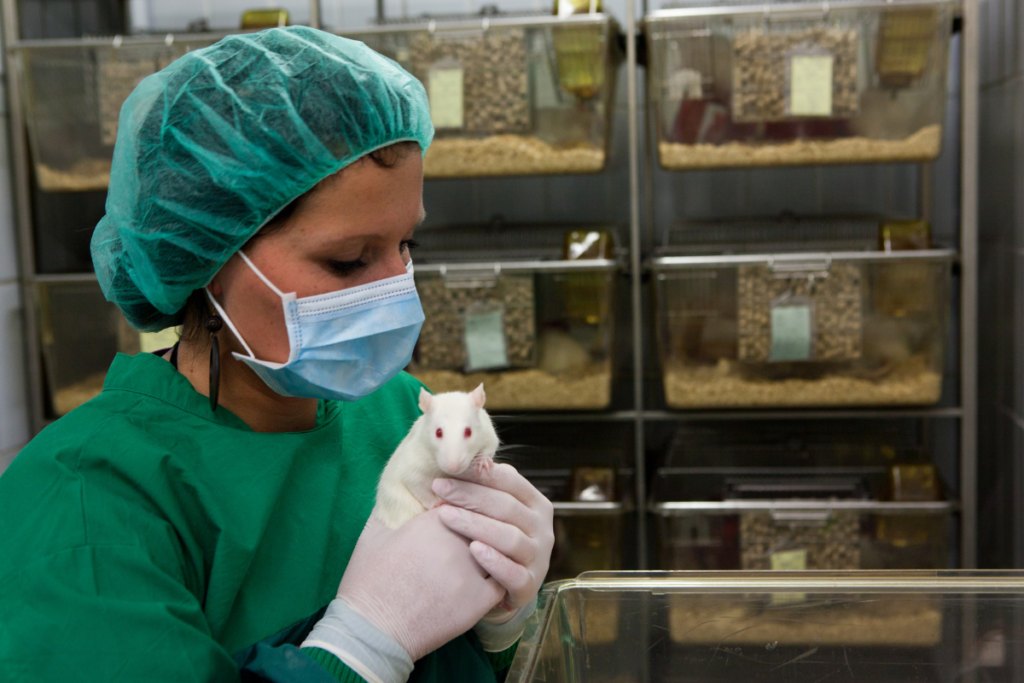
The experiment raises an interesting question: could activities like these improve the well-being of lab animals? Stimulating challenges such as driving may provide enrichment and a better quality of life for animals in captivity. While driving cars may be unique, offering engaging activities could help other animals thrive, opening the door to new approaches to animal care and ethical research practices.
Driving Rats vs. Lab Rats
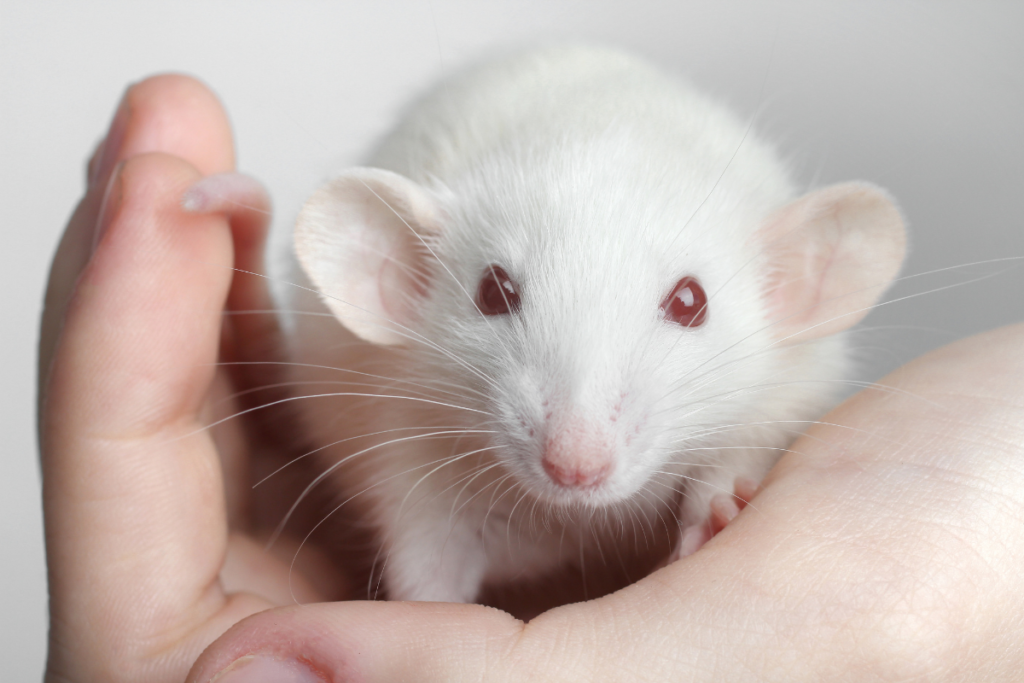
The driving rats demonstrated distinct differences from their traditionally housed counterparts. Unlike standard lab rats, they showed increased exploration, adaptability, and reduced stress levels. This comparison highlights the importance of the environment in shaping behavior. Enriched settings improve physical health and nurture cognitive and emotional development, offering valuable insights into how to support animals and humans in research better.
Social Media Loves These Rats

As videos of the rat drivers went viral, the internet fell in love with their antics. From memes to admiration for their skills, these tiny motorists captured the imagination of audiences worldwide. This blend of humor and science has sparked conversations about animal intelligence and research creativity. The rats’ fame reminds us that sometimes, the best science stories are the ones that make us smile.
What’s Next for Rat Research?
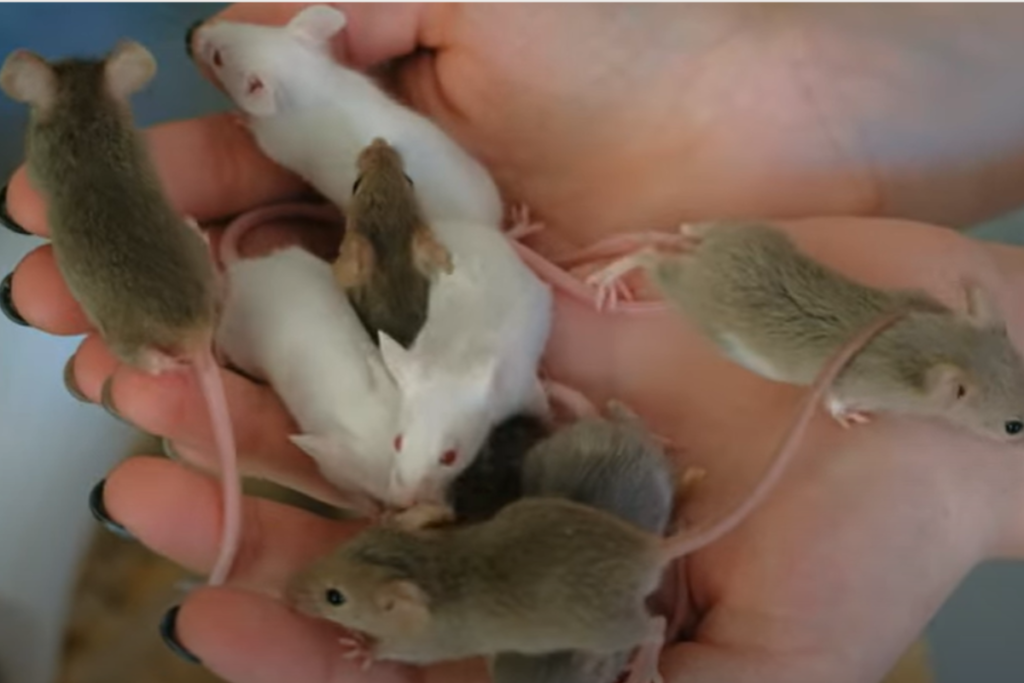
With this study’s success, researchers are exploring new ways to challenge and engage animals. Future experiments involve even more complex tasks or interactive environments. These findings could inspire new education, therapy, and animal welfare approaches. As the rats keep “driving” science forward, they teach us an important lesson: curiosity and creativity can unlock incredible discoveries.
Stay connected with us for more stories like this! Follow us to get the latest updates or hit the Follow button at the top of this article, and let us know what you think by leaving your feedback below. We’d love to hear from you!







